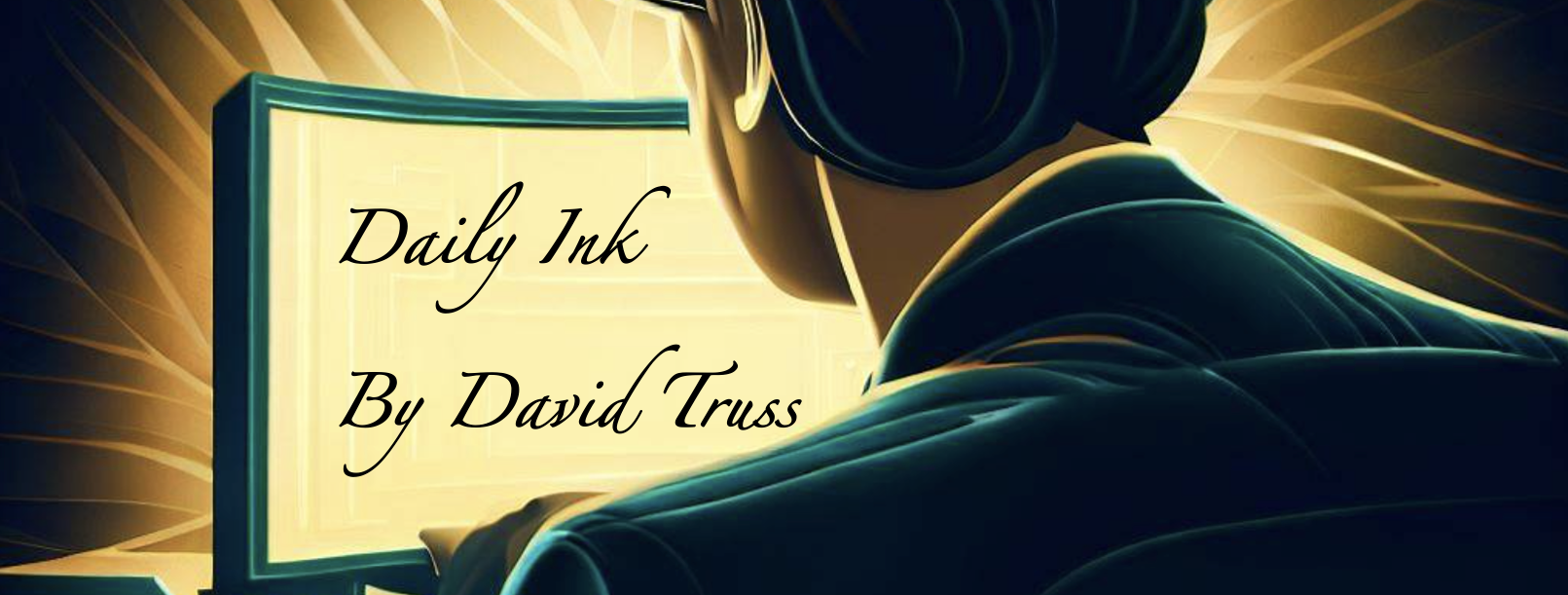Six years ago in Philadelphia I ran a session at Educon on Failure. Bill Ferriter came to the session and after the interactive presentation he created this image:

This was the premise I was working from,
When is failure really a success? When we engage students in EPIC projects and challenges, the journey to success is often fraught with failures that can prove to be amazing learning opportunities.
Do we need to reexamine the use of the term ‘Failure’?
Our present education system is built around always finding the ‘right’ answer, but when can the wrong answer be valuable? How can we provide rich, meaningful opportunities for students to make mistakes, iterate, persevere and develop alternative approaches to problems relevant to what they are learning?
4 years before this presentation I created this image:

I shared an acronym that I came up with:
F ailure
A lways
I nvites
L earning
I share in an accompanying post,
Think of this: If students (regardless of skills and abilities) have only ever met success, and accomplished every task, assignment and project they have needed to do for school, then they weren’t pushed hard enough. In this case, it is the program that is the failure, because the students were not challenged as much as they should have been.
The learning potential of failure is significant. If the work is meaningful enough, there can be more learned from an epic failure, than a marginal success, where the measure for success was set too low.
We talk a lot about ‘learning through failure’ in education, but we don’t really mean failure. Because when a student takes lessons from something not working, then it’s a learning opportunity and not actually a failure.
When you think about it, lack of knowledge is where the learning begins. If you give students the knowledge, they don’t really learn, you actually rob students of their learning. You want them to struggle and to find the learning challenging. And if the challenge is authentic, if it’s really a challenge, then it’s not something they’ll get on the first try. So hitting the ‘failure point’ is part of learning. Trying to achieve too much needs to be part of the process… and so bumping into failure is an essential part of learning.
So a failure is only a failure if the challenge lacks reflection, resources, support, or effort. If these things are provided (by the teacher and more-so by the learner) then the learner didn’t actually fail. They may not achieve their original goal, but they invited learning into the attempt… and learning is achieved. That is not a failure.
The idea of learning through failure is actually not a failure at all. It is accepting that there are opportunities for learning in not achieving the intended goal but still identifying that there was learning to be acquired and often the struggle is something that makes this kind of learning stick.
—–
Related: This Ignite presentation on Transforming Our Learning Metaphors:













